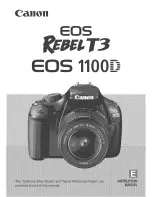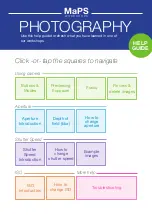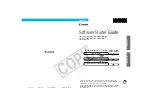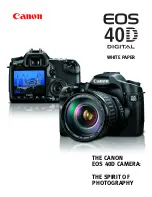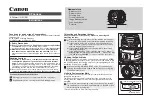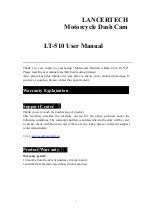
79
3
●
The synchronized shutter speeds when using the flash are 1/125 sec. and
slower.
In TTL mode, the ISO sensitivity linked settings are ISO 320 or ISO 400.
* When the sensitivity is set to ISO 800 or ISO 1600, the TTL flash control may not be
performed correctly.
●
Red-eye reduction is performed using the red-eye reduction lamp on the
camera.
●
If the Nikon flash unit is equipped with an active auxiliary flash function, the
active auxiliary flash on the flash unit automatically fires instead of the
auxiliary AF light on the camera. However, if the selected mode is not TTL,
the auxiliary AF light on the camera automatically lights.
●
To use the flash to take pictures in modes other than TTL, set the exposure
mode to A or M.
●
When the exposure mode is set to AUTO or P, the widest aperture setting
that can be automatically set by the camera is controlled by the selected
sensitivity, as shown in the table below.
* If the widest aperture is darker than the aperture setting permitted by the sensitivity, the
aperture is determined by the widest f-stop setting for the lens mounted on the camera.
●
For close-up or wide-angle photography, a flash unit with automatic external
flash control should be used.
●
When a synchro terminal is required, use the Nikon Sync Terminal Adapter
AS-15 (sold separately).
●
Do not use flash units not manufactured by Nikon (flash units that apply 250
V or more to the X contact on the camera or that make contact at multiple
points on the small contacts on the accessory shoe). This could not only
result in camera malfunctions but could also damage the synchronizing
circuits in the camera and the flash.
Notes on Using Nikon Flash Units
Selected Sensitivity (ISO)
320
400
Widest aperture setting (built-in flash)
4
4
Widest aperture setting (Nikon flash)
5.6
5.6
































